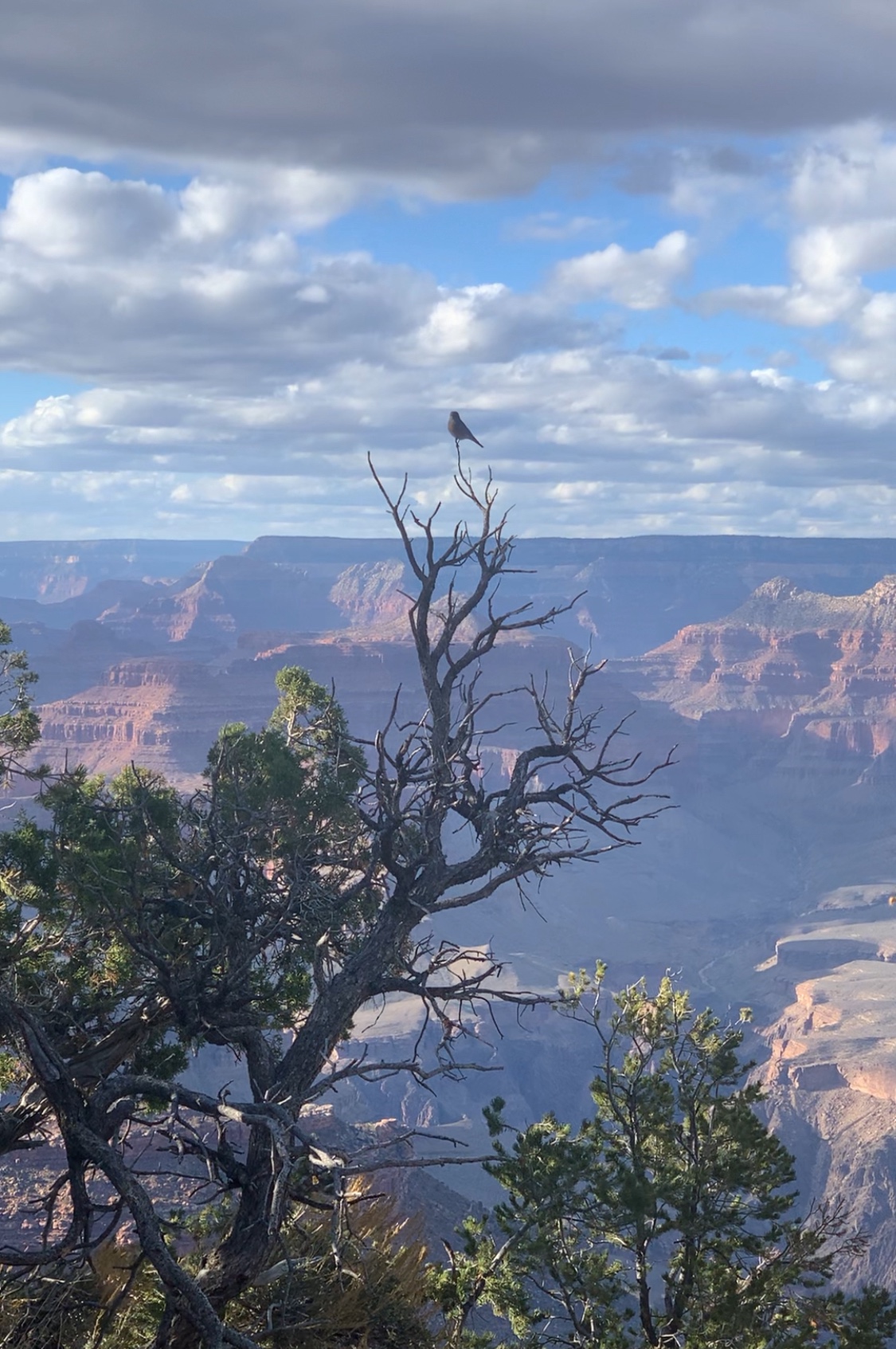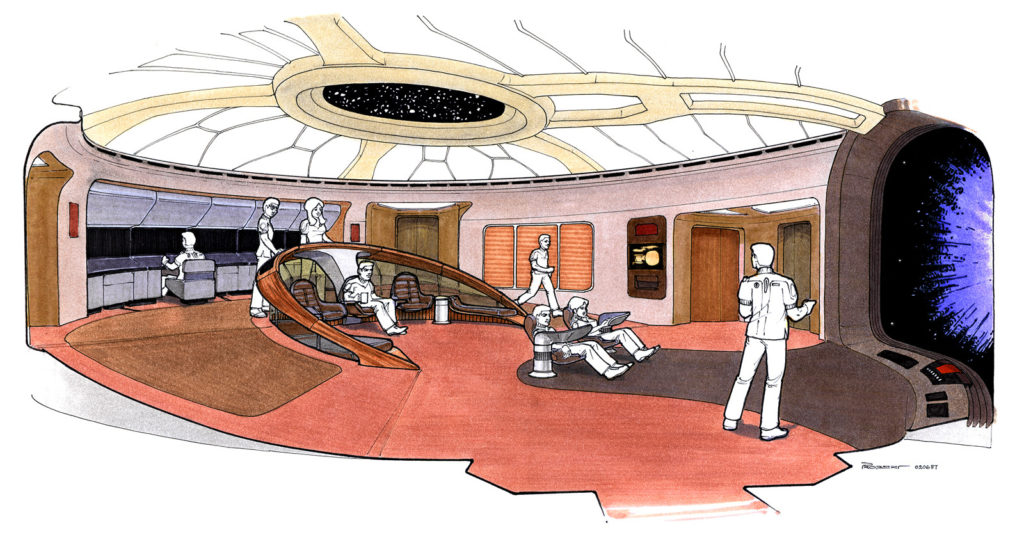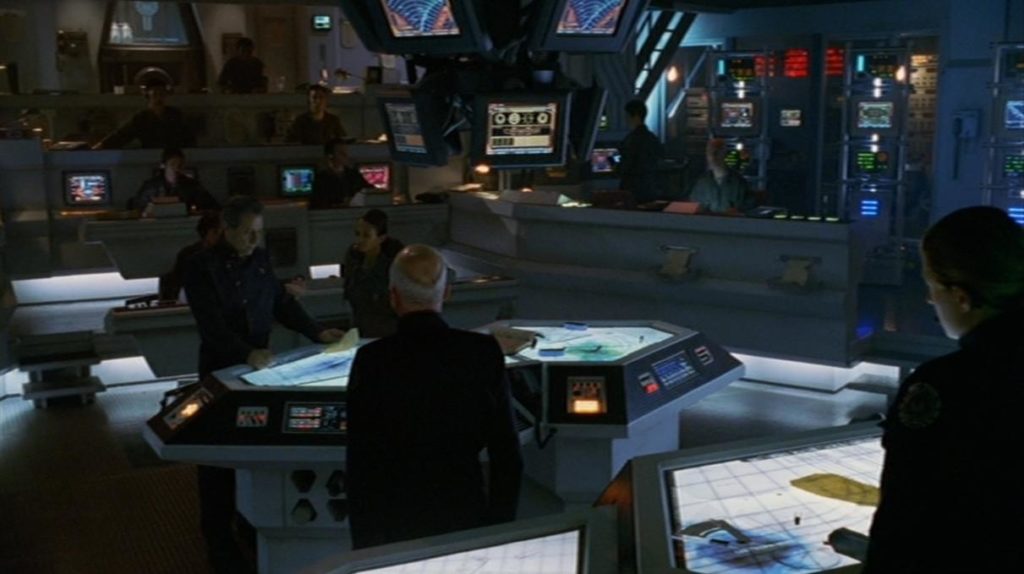There was a span of about six hours after I posted my most recent entry where I used “former” in place of “latter” before I realized and edited it, and I’m still bothered about it. If you thought I was saying something weirder than usual last time, let’s just assume that was why.
-
The Man from Hong Kong (1975): Streamed via 36 Cinema with live commentary from returning champion Dan Halsted and this movie’s director, Brian Trenchard-Smith, who was considerably the more verbose of the two. Sammo Hung did the fight coordination (and appears as a character getting the crap kicked out of him by police) for this movie, its lead was a veteran Hong Kong superstar, and Trenchard-Smith clearly did his homework studying the Shaw Brothers canon. The fundamentals are all there: locked-down camera, wide angle to let the audience read the fights, respect for screen direction and the 180-degree rule, long shots with a tacit rhythm of impact, serious and committed stunt performances… but it doesn’t work. I can’t quite say why! Maybe because we’re not given much motivation for the action, and because the “hero” never pets a figurative dog. Or maybe there’s just an emergent magic in the mechanics of a good martial arts movie that is easier to notice when it’s missing than to parse out when it whisks you along.
It is interesting that this Australian production from 45 years ago gave the Chinese star in a majority-white cast the kind of violent and sexual agency usually reserved for white characters like James Bond. But I don’t like most James Bond movies either.
-
My Lucky Stars (1985): This was another 36 Cinema stream, and it was even more disappointing! I was pretty excited that this one had not only Sammo Hung but Jackie Frickin Chan, and that it featured commentator Scott Adkins, a stuntman turned filmmaker who action nerds love to nerd out about for sparking a direct-to-video action movie renaissance. Adkins clearly does know his stuff, and I liked the details of stunt work he pointed out; his fellow commentator Frank Djeng filled in a lot of cultural context for the movie, its origins, and its place in the stars’ careers, which was a good balance.
Unfortunately, the movie sucks, with all the stunts (and the entirety of Chan’s role) confined the intro and ending, while it spends the long middle section on broad comedy that features a lot of groping. Also, Adkins dropped an r-word joke which took my opinion of him right through the floor, and moderator Mustafa Shaikh failed to address it. Djeng was the only one who came off well.
- The Holiday (2006): A feature film in which noted actor Jack Black portrays the human manifestation of someone typing the word “*smile*” into an email.
-
If Beale Street Could Talk (2018): I love James Baldwin, and I love Barry Jenkins, and it still took me two years to work up the courage to watch this.
Moonlight (2016) and Medicine for Melancholy (2008), for all that they put me through many feelings, seemed to me to feel gently toward the viewer. The dreamlike colors and structures and the occasional ellipsis offered me just enough aesthetic distance to take in the sweetness of their stories along with the pain. If Beale Street Could Talk is if anything more elliptic, more dreamlike, but I couldn’t find any emotional distance from its story at all! Jenkins situates some of the crueler events from the book (which include multiple sexual assaults and a suicide) behind verbal and facial implication, which I think earned him criticism because others read that as excising them. But the choice didn’t make them land any softer on me. This movie made me feel like pine under a chisel.
And still, there’s nothing harsh about it. Jenkins makes beautiful people look halfway deific, and the skill with color, saturation and tone that you’d expect from him is all here. All the physical violence is kept offscreen–though there is one particular moment of violence deferred, when frustration leads Stephan James to smash a pack of hamburger against an alley wall, that feels like you could derive a full semester’s worth of film theory from it. The score by Nicholas Britell is tender, and has some of my favorite horns I’ve ever heard. It’s prominent, which I don’t always like, but in this case it’s almost used as a reassurance. Every time the narrative covers some cruelty and then jumps in time to a softer moment, the rising main melody is there to pick you up with it.
My theater professor Tony used to talk about the temperatures of different media, in terms of the emotional intensity they readily evoke in an audience; a novel is a cool medium, television and film are warmer (and—he liked to say—live performance is the hottest of all). This is one of the Baldwin books I haven’t read yet, and he has a great sense of play in his language even when he’s driving things home, which you can hear in the lines excerpted as Kiki Layne’s voiceover narration. All of that is to say I don’t know if reading the original work is as hard-hammering, or hammers in the same way. I think it’s possible that Jenkins got this story boarded, took its temperature, and then worked on dialing it down a few degrees—implicating, reassuring, limning with gold. But in 2020, with the world on fire, it seared me anyway.
-
Weathering with You (2019): Whiiiiich brings us to this movie about youth, pain, and climate change. It is also fifth in a series of “bittersweet, moving anime movies about adolescent feelings as crystallized through a speculative fiction device which I watched with Kat and her friends Courtney and Kailey, which activity has delivered some of my favorite moments in the last few months.” Sort of a sequel to Your Name. (2016), in the same way that 2046 (2004) is considered a sequel to In the Mood for Love (2000), in that I-get-it-but-my-personal-canon-reserves-final-judgment.
Your Name was striking for how well-balanced and commingled its bittersweetness was: both sides of that emotion arose from the same events. This movie has a bitter plot, and a sweet plot, and they are entwined, but that is different. There’s an anger running through it, as in “The Ones Who Walk Away From Omelas,” that demands its own space. I took Your Name. right on the chin, but this one goes for the gut.
Quality animation takes so much time and labor that when I think about cartoons that enact their story beats in the first way that comes to mind—or the second, or third—I don’t get it. When the rate of production is measured in days per second, not books per year, why would a writer take shortcuts? Why resort to cliche—a term that now makes me envision a pre-set line of type—when people are going to take your plan and turn it into calligraphy? One of the tendencies of Makoto Shinkai’s work that I respect most, so far, is that he likes to set you up for a plot point, and deliver it—but take a fourth route to get there, or skip right by it to the consequence and let you fill in the missing frames. It demonstrates trust in the audience without resorting to the oblique or cryptic.
I know (now) that Shinkai has been compared to Hayao Miyazaki, and has demurred about it, because he writes and directs popular animated features about young people with environmental messaging. That is a pretty small demographic to belong to, but their movies don’t look or sound very similar at all: they’re as different as they are alike on the surface. The directorial trait where they overlap most, to me, is that neither lingers on the downbeat of resolution that has already landed. They know how much each frame of the work costs, and when they need to stay with an emotion long enough for it to register, they tend to cut it close. They don’t seem to feel they have the luxury of grinding out their points; they just aim to pierce you.
-
A Goofy Movie (1995): I think Pocahontas (1995)—oh boy, speaking of cartoon scripts that resort to the trite—was the last Disney animated movie I saw in a theater until Frozen (2013). I never watched A Goofy Movie, because I never watched the Goof Troop TV series, and because of that in turn I didn’t remember that it actually came out two months before Pocahontas. This is a silly but sweet story about fathers and sons learning to listen to each other and express their love aloud, and that much holds up a lot better than…. you know, romanticized colonial violence. (Whether Max and Goofy are better read as Black characters or as minstrels is a debate I don’t think I can meaningfully contribute to.)
I was surprised that the studio was able to put out two theatrical animated features in the same year at all, though, on top of their direct-to-video schedule. It turns out this one was kind of an experiment—while the main Disney studio in Burbank was focused on Pocahontas, they put a crew of a dozen Burbank storyboard and key animators on this one, and outsourced the rest of the work to subsidiary studios in Paris, Sydney and Toronto. Pocahontas, which I think stands up much better visually, had a $55 million budget; A Goofy Movie was made for $36 million, which it just barely recouped in box office. International exchange rates, cheap voice actors, and ten minutes’ difference in runtime can account for some of that budget gap, but the rest of it makes for a very visible absence. One scene here will have stylized water animation, another will have character shading, but neither gets both. Remote work was a lot harder in 1994! The final product is a pretty valiant paste job, but it doesn’t cover the seams. As Shinkai and Miyazaki would likely point out, the cost-per-frame of solid technical animation seems resistant to compression, which reinforces my previously stated admiration for lower-budget work like The Girl Who Leapt Through Time (2006).
I wonder how many times Disney tried this kind of outsourcing model for theatrical features between the late 90s and their return to form for The Princess and the Frog (2009). That line of thinking made me poke around again in the interest of digging up buried documentary The Sweatbox (2002), and just as of July, it seems to have reappeared on youtube! I’ll see if I can review that before it gets taken down again.







